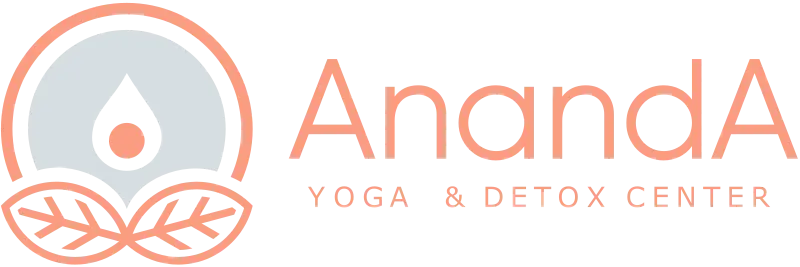Toxins accumulate in our bodies over time. Even though the body has the innate ability to eliminate waste and toxic substances naturally, this process can be facilitated through a detox program. Apart from addressing physical wellness, it is also beneficial to address mental and emotional well-being. The different facets of our body (mind, body, energy, spirit) is interconnected. Thus, the well-being of one has a spill-over effect onto the others.
As part of the detox program offered at Ananda, morning meditation/pranayama and afternoon yin/restorative yoga classes are offered complementary. These classes can provide you the designated structure and space to be with yourself. If you are looking to cultivate your yoga and meditation practice, this is a great way to begin or go deeper!
What are the benefits of meditation and yoga during a detox?
Meditation During Detox
The morning meditation or pranayama sessions are intended to give you the space and time to explore and/or cultivate a mindful practice. Mental and emotional well-being has often been overlooked in the past. Taking care of your mind and emotions can give your detox experience an added boost.
Our meditation and pranayama sessions are guided by experienced teachers. The classes are open to practitioners of all levels, whether you are just starting out on your practice or a seasoned meditator.
What Is Meditation?
Meditation, by dictionary definition, is to contemplate, ponder or reflect on a state, circumstance, thought, feeling etc. Various techniques are used to expand awareness, improve mindfulness and cultivate a sense of neutral acceptance for present circumstances as they are. If you struggle to detach from excessive mental activity, unpleasant thoughts or have difficulty relaxing and being in the moment, this practice can help you find peace of mind.
What Is Pranayama?
The word ‘pranayama’ is rooted in the ancient Sanskrit language. It can be broken down into two parts
- Prana – life force energy
- Ayama – control
Our breath is what keeps us alive. Pranayama is the practice of manipulating the breath to increase vital energy in our body. Various breathing techniques and methods are practiced to improve how we breathe. Pranayama practices can help:
- Increase lung capacity. More breath means more vital life force energy in our system. Pranayama is designed to not only expand our lung capacity, it also heightens awareness of our breath and trains us to breathe more consciously.
- Breathe correctly. Take a moment to observe your breath right now. As you breathe in, notice where your breath lands in your body. Do you feel your in-breath expanding more into your chest / ribcage / abdomen?
- Most of us breathe predominantly into the capacity of the chest, which is only a very small portion of our body’s capacity to contain breath. Practicing pranayama can help you re-train your body to breathe into abdominal cavity, where the most physiological benefits can be experienced.
- Breathe less. When the cells in our body are getting enough oxygen as we breathe deeply & slowly, the need to breathe decreases. This is part of the body’s innate physiological process of regulating oxygen and blood pH levels. However, when we breathe in a shallow, rushed, uneasy manner, our bodies become starved of oxygen and vital energy.
Yoga During Detox
As part of the program, we encourage our detoxers to attend any yoga class during their detox program. Yin and Restorative yoga are great styles of yoga that complement a detox program well. The gentle and quiet nature of these practices are not physically demanding (while you are fasting), still allow you to get the movement you need and give you the structured space you may need to go inwards.

Practicing gentle yoga facilitates detoxification, especially poses which stimulate the abdominal region through compression – twists & forward folds and extension – supported gentle backbends. This physical stimulation not only aids peristalsis of the intestines, it also improves circulation towards the gut and organs in the abdominal region. Peristalsis is the natural contraction of the intestinal walls which move ingested matter along the GI tract, facilitating the peristaltic movements aids the gut’s natural elimination processes. Improving circulation to the organs helps not only to flush out toxins and waste products, it also brings fresh supplies of nutrients to the cells of the organs.
Additionally, yin and restorative yoga invite us to be more mindful and present. It offers us an opportunity to reflect and integrate. This can be beneficial to the overall detox process as we release, let go of and cleanse old energies that weigh on us.
Through this entire process, we are able to cleanse out the old and make space for the new.



